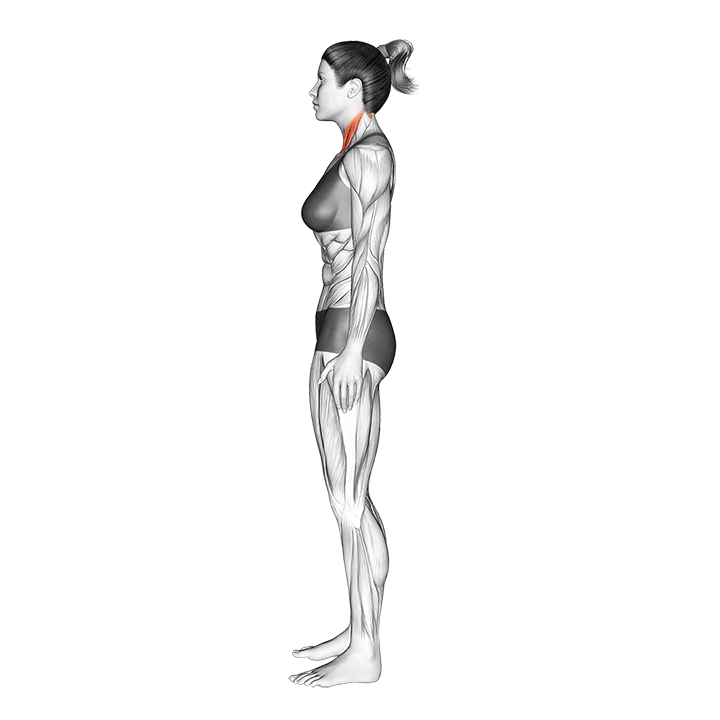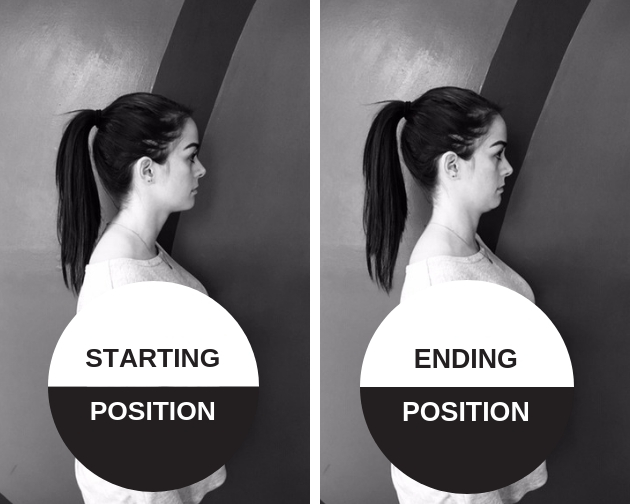
It is suggested that this will further impact clinical, patient and healthcare economic outcomes, i.e. Conclusionsīy improving the ability to swallow, using our chin tuck exercise intervention, in frail older patients admitted to hospital with pneumonia, it is anticipated that patients’ oral intake will improve. bolus flow rates, laryngeal elevation, base-of-tongue retraction). A sub-sample of study participants will complete videofluoroscopic assessments of swallowing function before and after the intervention to evaluate the physiological changes (e.g. chin tuck strength, Functional Oral Intake Scale, SWAL-QOL, EQ-5D and swallow speed). Additionally, we will assess the usability and acceptability of the intervention device and the performance of different clinical outcome measures (e.g. We will assess the feasibility outcomes, including rates of participant recruitment and retention, compliance with the exercise regime and adverse incidents. The intervention period will last for 12 weeks, the final follow-up assessment will be conducted at 24 weeks. Study participants will be randomised into one of three groups: standard care, low intensity (once daily) CTAR-SwiFt exercise or high intensity (twice daily) CTAR-SwiFt exercises. We will recruit 60 medically stable patients over the age of 75 years who have been admitted with a diagnosis of pneumonia to the acute frailty wards at two participating hospitals in the UK. The aim of this study is to evaluate the feasibility of assessing the effectiveness of the CTAR-SwiFt intervention in reducing dysphagia and community-acquired pneumonia, prior to a larger-scale multi-centre randomised controlled trial. The CTAR-SwiFt intervention consists of a feedback-enabled exercise ball that can be squeezed under the chin, with real-time feedback provided via a mobile application. We have developed a swallowing exercise rehabilitation intervention (CTAR-SwiFt) by adapting a previously established swallowing exercise to ensure patient safety and ease of execution in the frail elderly population. As the chin tuck becomes more comfortable to perform, it may no longer be necessary to hold up the finger.Ī modification of the chin tuck that further emphasizes strengthening of the deep neck flexor muscles is to apply resistance with a hand placed under the tucked chin and apply light downward pressure into the hand, using the 5-second hold time approach.Swallowing difficulties (dysphagia) and community-acquired pneumonia are common in frail older people and maybe addressed through targeted training of the anterior neck musculature that affects the swallow. In the beginning, it can help to have the finger as a point of reference. Repeat for a total of 10 times, or as tolerated.Bring the chin forward again to the finger.(There should now be some separation between the chin and finger.) Without moving the finger, pull the chin and head straight back until a good stretch is felt at the base of the head and top of the neck.Sit upright and look straight ahead with the ears directly over the shoulders.Here is a simple way to do chin tucks for a beginner: Step-by-Step Guide to Perform a Chin TuckĬhin tucks can be performed while standing or sitting.




When done regularly and with proper form, chin tucks can help improve the neck's strength, flexibility, and function. Chin tucks are typically one of the key exercises recommended for keeping the head aligned above the spine, rather than drifting forward into poor posture.


 0 kommentar(er)
0 kommentar(er)
